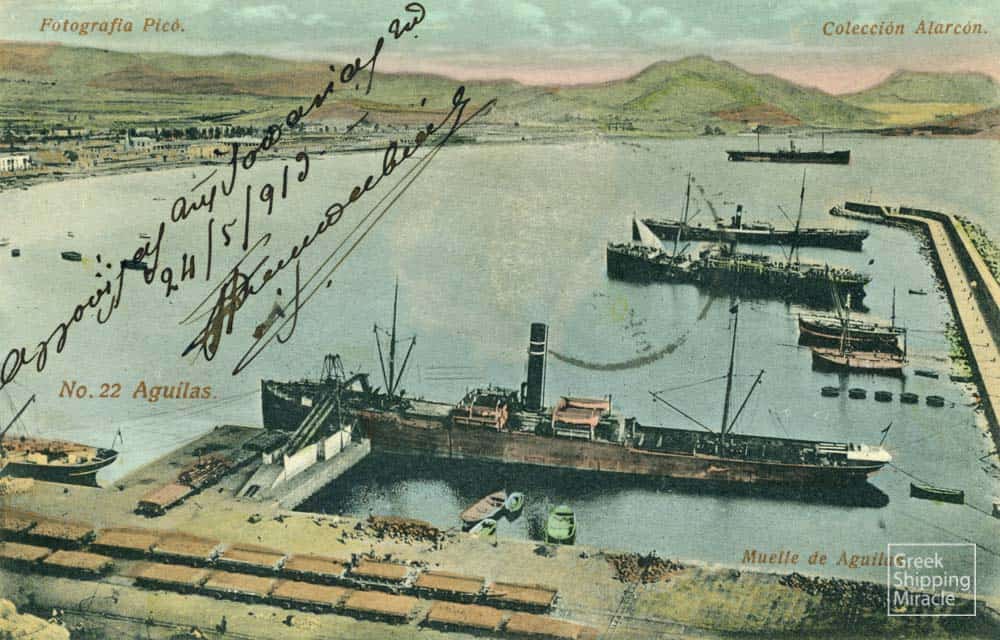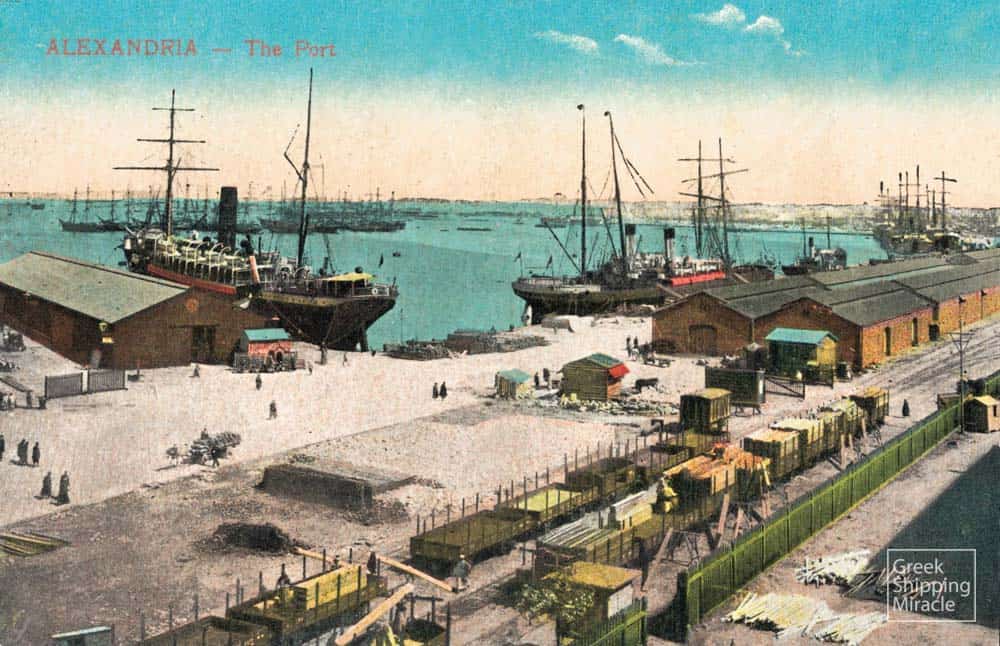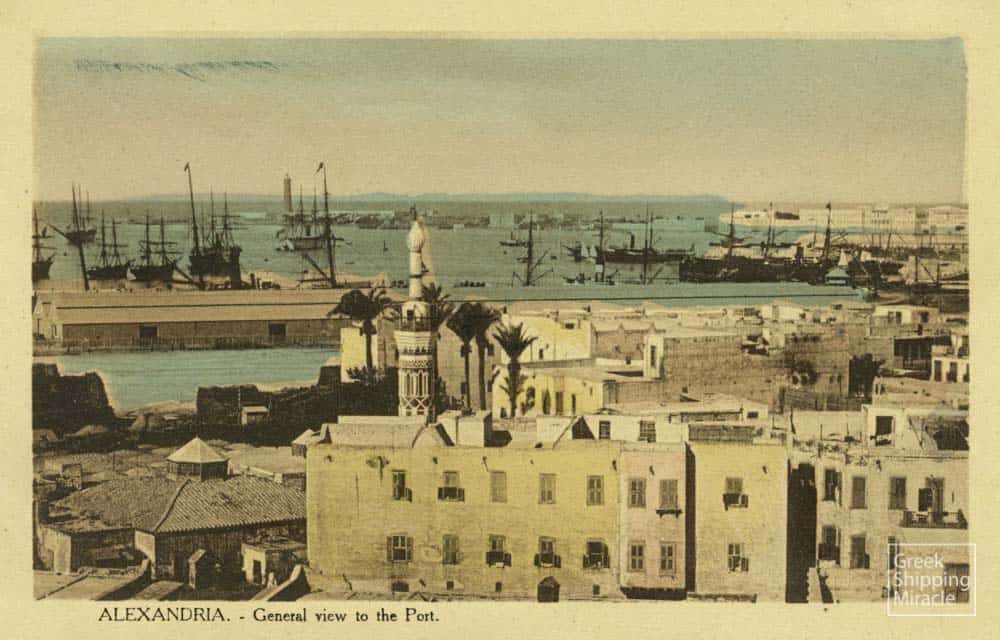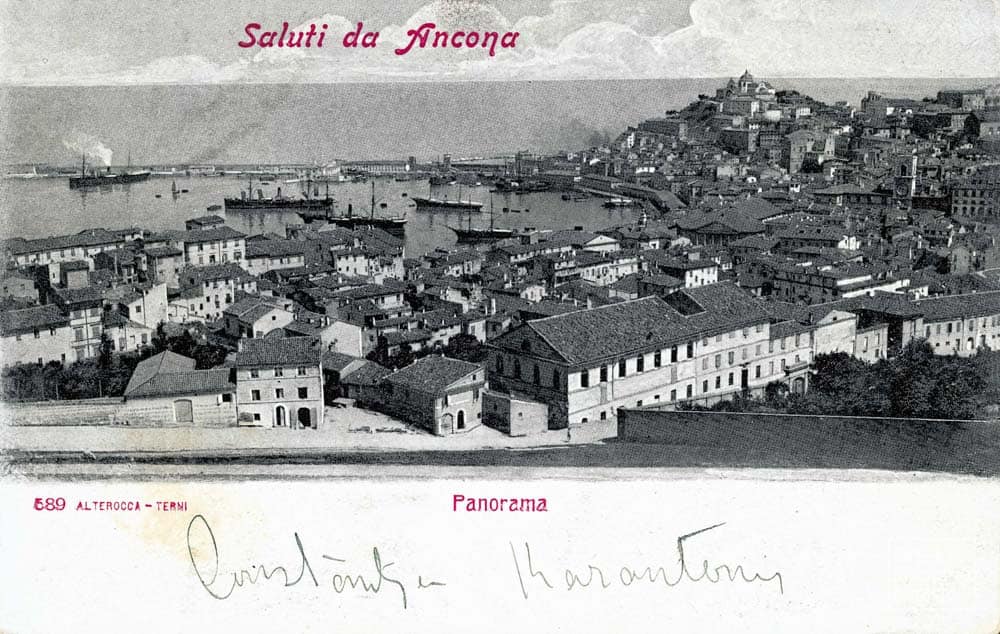PORTS IN THE EARLY 20th CENTURY
This section presents a wide selection of postcards depicting ports and coastal towns in Europe, the Black Sea, and the Mediterranean during the first decades of the 20th century. These images serve as a unique visual archive and manage to capture moments during a time that might otherwise have been lost to history, as they frequently represent the only surviving pictorial representation of several landscapes before the introduction of mass-market cameras.
This collection provides valuable insight into ports, shipping operations and seafarers, while also serving as an authentic glimpse into the daily lives of communities of coastal towns and reflecting the cultural and architectural character of the era.
These postcards form a vivid image that brings the spirit of early 20th-century coastal life and global trade to life, providing unique insights into the development of modern shipping.



































